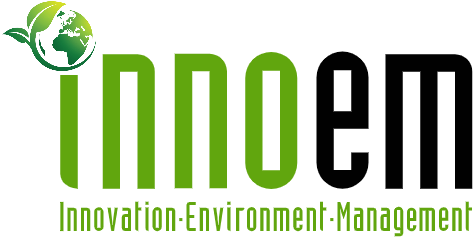Companies that prepare ahead of new laws are likely to enjoy a smoother transition.

This article is an excerpt from GreenBiz Group’s 16th annual State of Green Business, which explores sustainable business trends to watch in 2023. Download the report here.
Carbon disclosure is being spotlighted on the international stage, with Belgium, Canada, Chile, France, Japan, New Zealand, Sweden and the United Kingdom among those requiring financial disclosures aligned with the Task Force on Climate-Related Financial Disclosure (TCFD). The United States will follow with the Securities and Exchange Commission’s proposed rule, the Enhancement and Standardization of Climate-Related Disclosures for Investors, which posits that the climate crisis creates financial risks for companies, requiring them to disclose their emissions and prospects in a climate-changing world.
Some of the world’s largest investors are on board. BlackRock, for example, released a statement in support of the U.S. rule indicating that the age of voluntary and unregulated disclosure is coming to a close. Others agree. “The business case has been made, and measuring climate risk and emissions is now seen as a preparedness tool,” according to Elizabeth Small, general counsel and head of policy at the nonprofit group CDP.
With this transition to a mandatory disclosure world, a few developments are certain to follow. “Disclosure is a critical first step,” said Steven Rothstein, managing director at Ceres. “It alone will not address the climate risks. We cannot solve this problem without having people and systems in place to measure it.”
One expected development is an increase of companies hiring professionals and seeking technologies in support of what’s called MRV — for measuring, reporting and verification — to keep up with the demand by regulators, investors and customers for accurate carbon disclosure data.
The tide is changing, and fast.
The landscape can be confusing, and it will affect companies in different ways. Overall, there will be stricter standardization aimed at decreasing the mispricing of climate risk by investors and ensuring data that companies provide is comparable and “decision-useful.” TCFD and the GHG Protocol, which standardized greenhouse gas reporting, will serve as the foundational principles for future reporting practices. Key players such as the International Sustainability Standards Board will play an integral role in managing and auditing these standards to further harmonize climate data outputs.
Scope 3 emissions — those from supply chains and customer use — are an infamously difficult topic within disclosure because they require gathering accurate data from suppliers and suppliers’ suppliers, reaching all the way back to raw material extraction. Prepare to see an increase in regulations and disclosure expectations around this, too, in the near future.
Corporate carbon disclosure in the United States is expected to get a boost from the Federal Supplier Climate Risks and Resilience Proposed Rule, which leverages the government’s procurement power to build accountability within its supply chain. It calls for federal suppliers and contractors with over $7.5 million in annual government contracts to report their Scope 1 and 2 emissions, and suppliers with over $50 million in annual contracts to report Scope 3 emissions and set science-based emissions targets.
While significant gaps in Scope 3 disclosure remain within these proposals, “we can expect to see Scope 3 emission accountability and disclosure skyrocket in the coming years because of the magnitude of their impacts,” said Pankaj Bhatia, the World Resources Institute’s GHG protocol global director.
The tide is changing, and fast. Companies that move with the currents, rather than waiting to make changes after regulations become law, will find smoother sailing as disclosure becomes mandatory.
Kaynak: https://www.greenbiz.com/article/carbon-disclosure-becomes-mandatory

